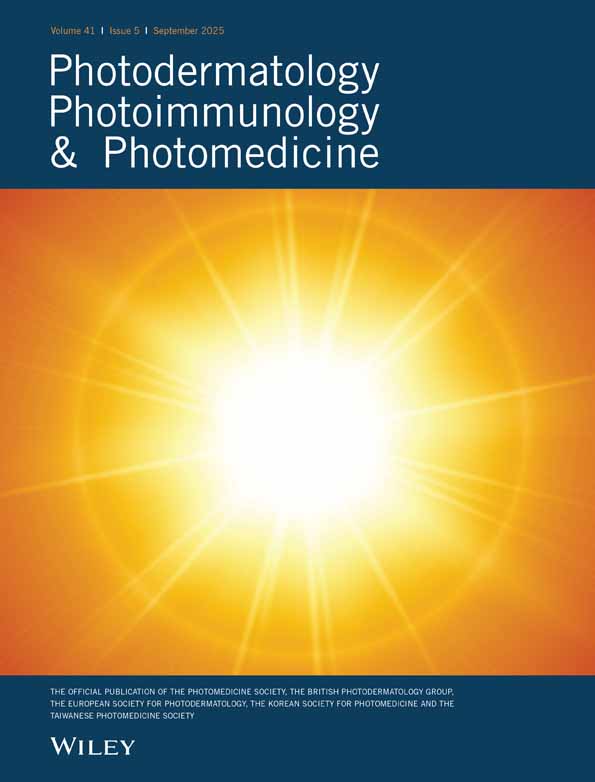Phototoxicity due to sulphonamide derived oral antidiabetics and diuretics: investigations in a cell culture model
Abstract
A number of sulphonamide-derived oral antidiabetics (chlorpropamide, glibenclamide, glipizide, gliquidone, glymidine, tolazamide and tolbutamide) and diuretics (bemetizide, bendroflumethiazide, benzylhydrochlorothiazide, bumetanide, butizide, chlortalidone, furosemide, hydrochlorothiazide, hydroflumethiazide, indapamide, piretanide, polythiazide, trichlormethiazide and xipamide) were investigated for phototoxicity in a cell culture model. Cell death dependent on ultraviolet A fluence and test substance concentration was observed in the presence of the oral antidiabetics glibenclamide and gliquidone, as well as the diuretics bemetizide, bendroflumethiazide, benzyl-hydrochlorothiazide, bumetanide, butizide, hydrochlorothiazide, hydroflumethiazide, piretanide, polythiazide and trichlormethiazide. Bendroflumethiazide was phototoxic at 5times10−5 M and higher concentrations, bemetizide, benzylhydrochlorothiazide, bumetanide and hydroflumethiazide were phototoxic at 2.5times10−4 M and higher concentrations, and the oral antidiabetics glibenclamide and gliquidone as well as the diuretics butizide, hydrochlorothiazide, piretanide, polythiazide and trichlormethiazide were phototoxic at 5−4 M and higher concentrations. Electron microscopic investigations showed swelling of mitochondria and endoplasmic reticulum as well as aggregation of euchromatin when the cells were irradiated in the presence of photosensitizers***




